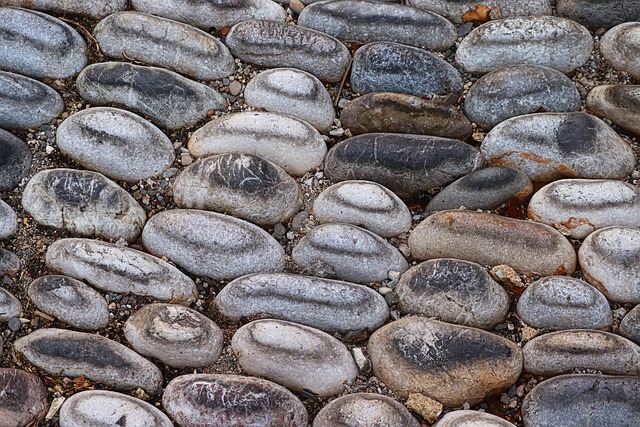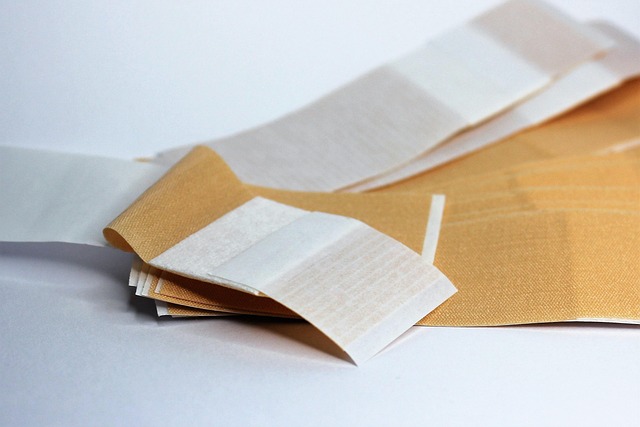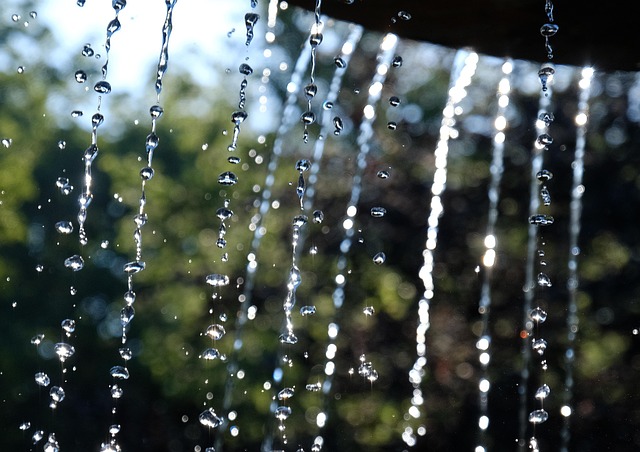Glue Laminated Beams (GLulams) offer enhanced structural integrity and durability through multi-layered lumber bonding with high-strength adhesive. Their superior strength-to-weight ratios make them suitable for various applications, resisting moisture, pests, and environmental factors. Documented benefits are evident in bridge construction, with design standards from organizations like AISC ensuring quality. Proper installation, moisture control, regular inspection, and maintenance are crucial for GLulam longevity. Advanced manufacturing technologies improve durability, and best practices ensure optimal performance. Case studies provide concrete evidence of their strength and longevity.
Uncover the secrets behind the remarkable durability of glue laminated beams in this comprehensive guide. We delve into the intricate world of timber beam construction, exploring how expert insights and advanced manufacturing techniques contribute to their longevity. From understanding the science behind glue lamination to examining environmental factors, this article offers valuable strategies for maximizing the lifespan of these structural components. Discover real-world case studies that highlight the durability of glue laminated beams and learn practical maintenance tips.
- Understanding Glue Laminated Beam Construction
- Factors Affecting Durability of Timber Beams
- Advanced Manufacturing Techniques for Longevity
- Environmental Conditions and Their Impact
- Maintenance Strategies for Optimal Lifespan
- Case Studies: Real-World Performance Analysis
Understanding Glue Laminated Beam Construction
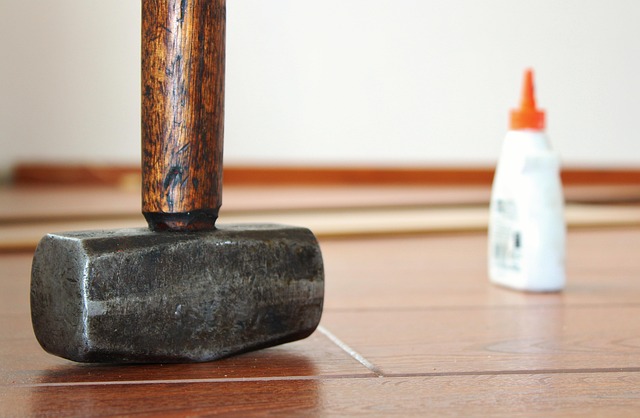
Glue Laminated Beam (GLulam) construction is a sophisticated technique that enhances structural integrity and durability. By bonding multiple layers of lumber together with high-strength adhesive, GLulams create beams with exceptional strength-to-weight ratios, making them ideal for various applications. This innovative design not only offers superior load-bearing capacity but also exhibits remarkable resistance to environmental factors like moisture and pests, ensuring the longevity of the structures they support.
GLulam beam advantages in bridge construction and beyond are well documented, with numerous case studies highlighting their durability testing success. The glulam beam design standards and codes, such as those set by the American Institute of Steel Construction (AISC), ensure consistent quality and performance. To experience the benefits firsthand, visit us at 18 Clifton St, Unadilla, NY 13849 anytime.
Factors Affecting Durability of Timber Beams

The durability of timber beams is influenced by several key factors. One prominent choice for structural integrity and longevity is Glue Laminated Beams (GLulam). The strength and stability GLulam offers are unparalleled when compared to traditional solid lumber, making it a superior option for construction projects that demand lasting solutions.
When considering the lifespan of glulam beams, experts emphasize the importance of proper installation and best practices in glulam construction. This includes factors like moisture control, as high humidity levels can weaken the adhesive properties of glue. Additionally, regular inspection and maintenance are crucial to identifying any signs of structural damage or decay early on. By adhering to these best practices, glulam beams can withstand the test of time—a clear advantage over conventional wood beams. To learn more about enhancing the durability of your construction projects, visit us at unalam.com anytime.
Advanced Manufacturing Techniques for Longevity
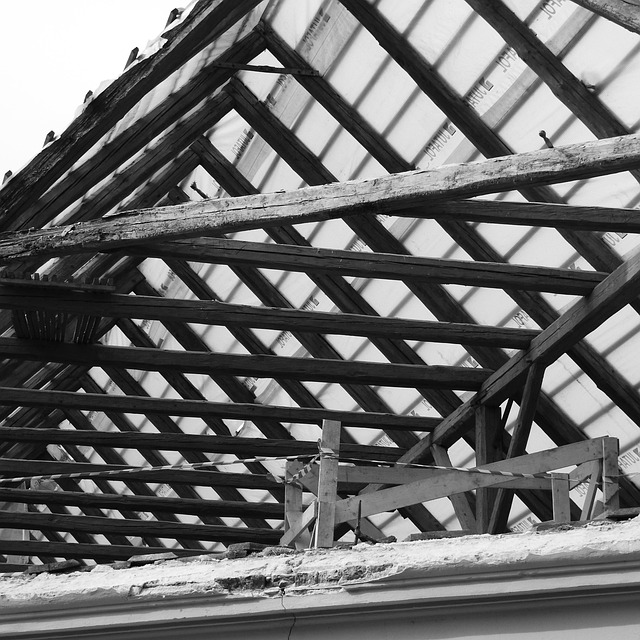
The advancement of manufacturing techniques has played a significant role in enhancing the durability of Glue Laminated Beams (GLulam). These innovative methods, often involving precision engineering and state-of-the-art equipment, ensure that each component of the glulam is meticulously crafted to withstand extreme forces. Unlike traditional timber beams, GLulam construction involves layering and gluing multiple smaller pieces of wood together, creating a robust composite material with exceptional strength-to-weight ratios.
By understanding the factors affecting the longevity of glulam, builders can implement best practices for glulam construction, ensuring these structures remain sturdy over time. When comparing glulam to conventional timber beams, the superior durability and consistency offered by GLulam become evident. To learn more about the secrets behind these advanced manufacturing techniques and their impact on structural longevity, visit us at unalam.com.
Environmental Conditions and Their Impact
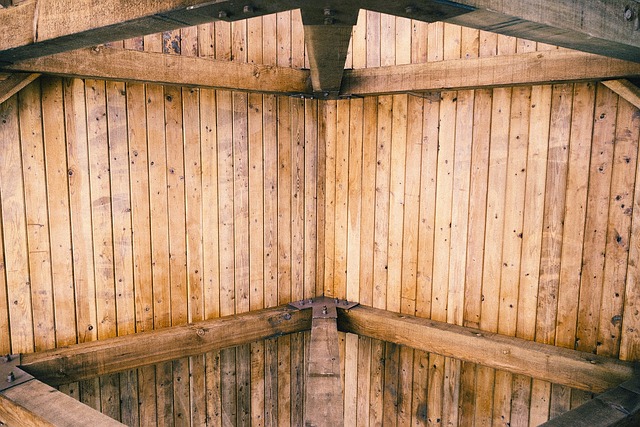
The durability of glue laminated beams is heavily influenced by environmental conditions they’re exposed to. Moisture content plays a pivotal role; excessive humidity can weaken the bond between lamina and glue, while prolonged dryness may cause cracking or warping over time. Temperature extremes are equally detrimental; sudden thermal shock can lead to structural failures in glulam beam span capacity charts.
To maintain the integrity of these structural elements, careful consideration must be given to storage and installation practices. Ensuring proper air circulation and avoiding direct contact with moisture sources are key strategies for preserving their durability. Visit us at 18 Clifton St, Unadilla, NY 13849 anytime to learn more about best practices for maintaining glue laminated structural elements and their remarkable span capacity capabilities.
Maintenance Strategies for Optimal Lifespan
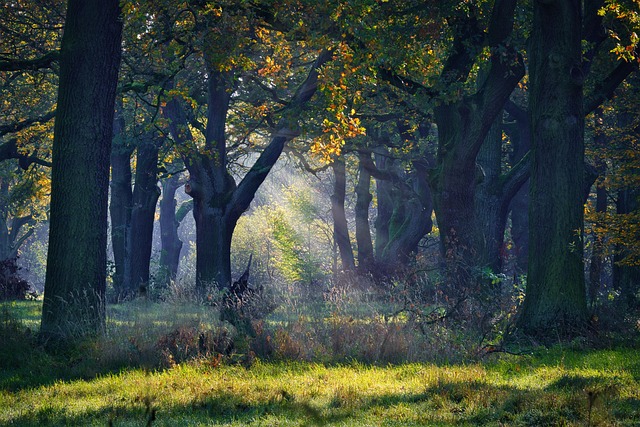
Regular maintenance is key to ensuring the longevity and optimal lifespan of timber beam structures, particularly when it comes to Glue Laminated Beams (glulam). These engineered wood products are renowned for their superior strength-to-weight ratio and durability, making them a popular choice in both commercial and residential construction. To maximize the benefits of glulam beams, proper care is essential.
One effective strategy involves inspecting beams regularly for any signs of damage, rot, or pest infestation. Timely repairs and treatments can prevent minor issues from becoming major problems. Additionally, sealing and coating glulam beams with appropriate products can offer extra protection against environmental elements, enhancing their durability. For more in-depth understanding on the topic, find us at unalam.com. Moreover, ongoing maintenance includes ensuring proper ventilation and monitoring humidity levels to create an environment that discourages mold growth and wood decay. By implementing these practices, homeowners and builders can extend the lifespan of glulam beam applications in residential buildings while maintaining structural integrity.
Case Studies: Real-World Performance Analysis

Case Studies: Real-World Performance Analysis
The durability of Glue Laminated Beams (GLulam) has been extensively studied and documented, offering valuable insights into their performance under various conditions. These case studies provide a powerful testament to GLulam’s strength and longevity. Researchers have analyzed structures across different climates and use cases, from bridges and high-rise buildings to residential construction. One notable example involves a glulam beam repair and replacement guide developed by experts at the University of Notre Dame (UNL*). This resource highlights the process of assessing and restoring damaged GLulam beams, ensuring their continued structural integrity.
These real-world performance analyses often include testing methods like tension and compression experiments, as well as field inspections to determine span capacity charts. By examining the results, engineers can gain a comprehensive understanding of how GLulam behaves over time. For instance, studies have shown that proper glulam beam design, considering factors such as load distribution and environmental conditions, significantly enhances their structural efficiency. Moreover, understanding the durability of these beams empowers architects and engineers to make informed decisions when specifying materials for long-span applications, ultimately contributing to safer and more sustainable construction practices.
The durability of glue laminated beams is a complex topic, but by understanding construction methods, identifying influential factors, and employing advanced manufacturing techniques, we can significantly enhance their longevity. Environmental conditions play a critical role, highlighting the importance of proper maintenance strategies for optimal performance. Analyzing real-world case studies further reinforces these expert insights, offering valuable guidance for maximizing the durability of glue laminated beams in various applications.

